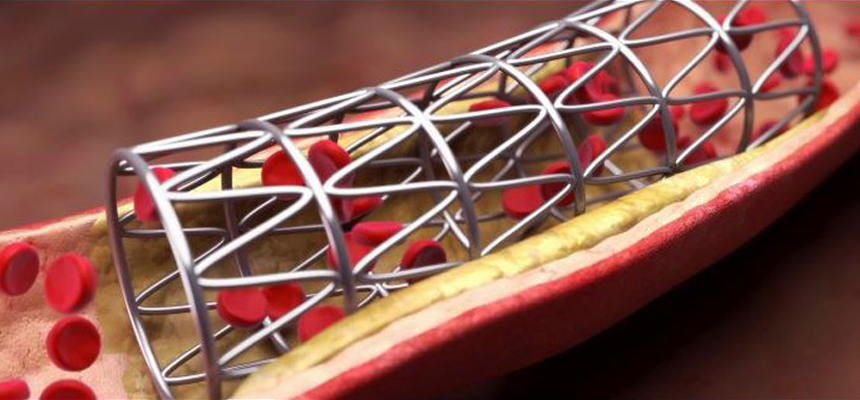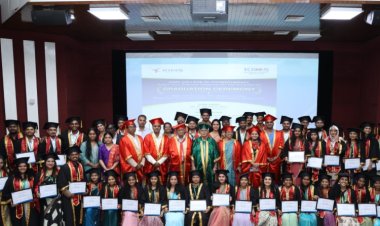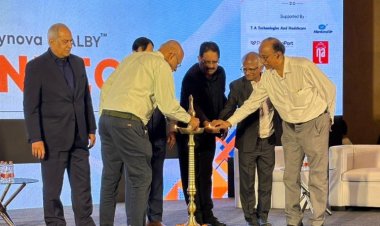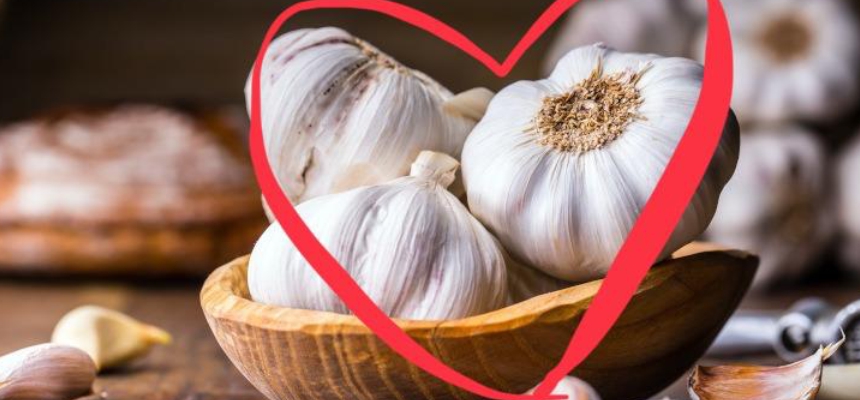Stents: A challenge for ‘Make in India’

Prof Upendra Kaul, Chairman and Dean Academics and Research of Batra Hospital and Medical Research Centre
Drug Eluting Stents are an important part of non-surgical management of ischemic heart diseases. The advancements in technology have improved efficacy and safety of these devices.
The demand for DES is increasing in our country. The recent price cap and inclusion of stents in the National List of Essential Medicines has the bare metal stents at Rs 7,260 and drug eluting stents at Rs 29,600.
This has set a major debate in the country whereby the advances in technology in improving efficacy and safety of devices for patient use is being evaluated. The demand for devices is going to increase but will the indigenous industry of ‘Make in India’ be able to rise to the demand.
‘Make in India’ companies must rise to the occasion and compete with the established international industry and provide the much required quality which is important for these procedures.
What is a Drug Eluting Stent?
The constituents of a typical DES are the metal platform in the form of a tube which consists of struts. The metal is stainless steel, chromium cobalt or platinum based alloys. This platform is mounted on an appropriately sized balloon. The balloon is connected to a shaft which is connected to an inflation device used to inflate the balloon. Expansion of the balloon deploys the stent at the pre-determined site of the blocked artery. The stent is coated with a polymer and drug combination. The polymer helps in a predictable release of the drug into the vessel wall. Polymers can be durable which last for ever or resorb able within a defined period of time, usually 3 to 9 months. The durable polymers used in the new generation DES are very inert and safe.
However it is desirable that the polymer after completing its function of delivering the drug gets resorbed leaving only the metal well covered with body tissue.
The qualities of a good stent:
![]() Low in strut thickness
Low in strut thickness
![]() Track able
Track able
![]() Conformable to the curvatures of the vessel wall
Conformable to the curvatures of the vessel wall
![]() Good radial strength to support and keep the artery adequately open
Good radial strength to support and keep the artery adequately open
Need of the Country :
![]() Number of interventional cardiologists in the country is estimated to be 3 to 5 per million of population.
Number of interventional cardiologists in the country is estimated to be 3 to 5 per million of population.
![]() Number of cardiac catheterization laboratories is estimated to be around 960 in year 2016.
Number of cardiac catheterization laboratories is estimated to be around 960 in year 2016.
![]() Facilities and infrastructure vis-à-vis burden of disease the facilities is inadequate.
Facilities and infrastructure vis-à-vis burden of disease the facilities is inadequate.
![]() Number of percutaneous coronary interventions (PCI) performed is increasing steadily at a growth rate of 6% annually.
Number of percutaneous coronary interventions (PCI) performed is increasing steadily at a growth rate of 6% annually.
![]() The total number of PCI procedures done in year 2016 was 495,000 with an estimated number of 594,000 stents used (1.20 per procedure).
The total number of PCI procedures done in year 2016 was 495,000 with an estimated number of 594,000 stents used (1.20 per procedure).
![]() In terms of usage 80% stents used are drug eluting stents with over 60% of these being supplied by multi-national companies.
In terms of usage 80% stents used are drug eluting stents with over 60% of these being supplied by multi-national companies.
The system of keeping the stents in the hospitals for use was through distributors with exorbitant profit margins leading to a big gap between the buying price and the selling price to the patient.
The average retail price for a bare metal stent used to be INR 45,000 (670 USD) while drug-eluding stents (DES) were priced at around INR 1.2 lakh (1800 USD) generating profit margins that ranged from 270 per cent to 1,000 per cent.
In the absence of an organized insurance system and barring 6 out of 26 states and Central Government health schemes up to 40 per cent of the patients pay for their medical expenses and that includes coronary stents.
Inclusion of stents in essential medicines is doing away with this practice but the question of latest technologies being available will be a question which the Indian manufacturers must work hard to answer.

 Disclaimer: Welthi.com does not guarantee any specific results as a result of the procedures mentioned here, and the results may vary from person to person.
Disclaimer: Welthi.com does not guarantee any specific results as a result of the procedures mentioned here, and the results may vary from person to person.









